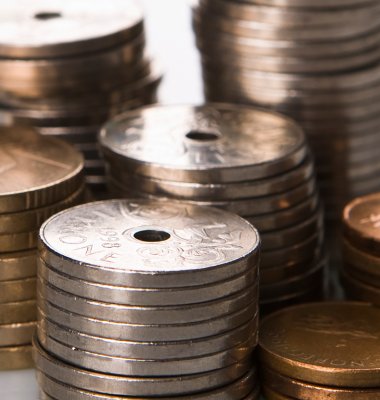Energy goods like crude oil, natural gas, refined petroleum products as well as electricity, gas and steam, all had price increases in August. Despite higher prices within the latter group, prices were about 40 percent lower compared to August last year. Within extraction of oil and natural gas, prices rose by 11.4 percent.
Without energy goods, the PPI fell by 0.8 percent from July to August.
Fourth consecutive month with lower manufacturing prices
Manufacturing prices have had a continuous rise from May 2020 until summer last year, then a period of flattening, followed by decreasing prices from April this year.
– Lower manufacturing prices since April have been strongly affected by the price development on the export market, says head of division for price statistics, Espen Kristiansen.
Manufacturing prices fell by 0.3 percent in August. Without refined petroleum products, manufacturing prices fell by 1.1 percent.
The price development within manufacturing has several similarities to those in July. In August, prices continued to fall within:
- Chemicals
- Basic metals
- Paper and paper products
- Electrical equipment
The price index on food products also fell in August.
In August, prices within basic metals were reduced by 3.5 percent. Both iron and steel as well as non-ferrous metals have contributed to lower prices on basic metals over the last three months. Since May last year, prices on iron and steel has fell sharply, while non-ferrous metals had a slightly more moderate price drop.
Lower prices on food products
Prices in the food industry rose continuously from August 2022 to April this year. Since then the prices have fluctuated around a high level. Food prices fell by 1.2 percent from July to August, strongly affected by fish, shellfish and molluscs. The largest price drop came from fish sold to the Norwegian market, but also prices on exported fish fell during August.
Lower export prices pulled manufacturing prices down
Manufacturing prices, which have been falling since April this year, have been strongly influenced by the price development of typical export goods such as metals, fish and chemical products.
In June and July this year, the Norwegian krone strengthened against euro, while it strengthened against dollar in July. A stronger krone may have contributed to falling export prices in recent months, since Norwegian exporters then receive less in return for the goods measured in Norwegian currency. In August, however, there was again a slight weakening of the Norwegian krone against both euro and dollar, and we also saw that export prices had a weaker price decrease in August compared to the previous two months.
